The year 2020 marked a turning point in global history, as the world was confronted with an unprecedented challenge: the outbreak of the COVID-19 pandemic, caused by the severe acute respiratory syndrome coronavirus 2 (SARS-CoV-2). This global health crisis not only disrupted daily life on a massive scale but also reshaped the way we understand and respond to infectious diseases. This article aims to provide a simple yet comprehensive introduction to the COVID-19 pandemic, its origins, transmission dynamics, impacts on society, and current efforts to combat it.
Origins and Discovery
The first cases of COVID-19 were reported in December 2019 in Wuhan, the capital city of China's Hubei province. Initially, the virus was unknown to the public health authorities, and the outbreak was initially characterized as an outbreak of an unidentified pneumonia. It wasn't until January 7, 2020, that the Chinese Center for Disease Control and Prevention (CDC) identified the cause as a novel coronavirus, later named SARS-CoV-2. The World Health Organization (WHO) declared the outbreak a Public Health Emergency of International Concern (PHEIC) on January 30, 2020, and subsequently, on March 11, 2020, declared it a pandemic.
Transmission Dynamics
SARS-CoV-2 is primarily transmitted through respiratory droplets produced when an infected person coughs, sneezes, or talks. These droplets can land in the mouths or noses of nearby people, or be inhaled into the lungs. Additionally, the virus can survive on surfaces for a certain period, making indirect contact transmission possible through touching contaminated surfaces and then touching one's face. The virus is highly contagious, with studies estimating an infection rate (R0) of around 2-3, meaning that an infected person can transmit the virus to 2-3 others on average.
Impact on Global Health and Society
The COVID-19 pandemic has had far-reaching consequences on global health and society. It has infected millions worldwide and claimed lives in countless communities. As of this writing, according to the WHO, over 650 million cases have been reported globally, with over 6.6 million deaths. The pandemic has overwhelmed healthcare systems in many countries, leading to shortages of medical supplies, including personal protective equipment (PPE) for healthcare workers and ventilators for critically ill patients.
The economic impact has been profound as well. Governments worldwide implemented lockdown measures and social distancing policies to slow the spread of the virus, which led to a sudden halt in economic activity. Businesses closed their doors, unemployment skyrocketed, and supply chains were disrupted. The International Monetary Fund (IMF) estimated that the pandemic could cause a global recession unlike any seen since the Great Depression of the 1930s.
Education systems were also severely affected, with schools and universities closing their doors, leading to a loss of learning for millions of children and disrupting educational plans for a generation. Mental health issues have surged as people grappled with isolation, job loss, and uncertainty about the future.
Scientific Response and Vaccination Efforts
In the face of this global threat, scientists and researchers around the world sprang into action. They raced against time to understand the virus's nature, develop diagnostic tests, and most importantly, create vaccines. Within months of the pandemic's declaration, multiple vaccine candidates were put into clinical trials and subsequently approved for emergency use or full approval by regulatory agencies.
As of this writing, several vaccines have been widely distributed, with many countries implementing vaccination programs. Vaccination efforts have been a crucial component in bringing down infection rates and easing restrictions. However, the distribution has been uneven, with some countries having access to vaccines earlier than others due to factors such as political will, financial resources, and global vaccine equity initiatives.
Public Health Measures and Prevention Strategies
To combat the spread of COVID-19, public health authorities recommended a set of measures known as "non-pharmaceutical interventions" (NPIs). These include:
Social distancing: Maintaining physical distance from others to reduce the chances of respiratory droplet transmission.
Mask-wearing: Wearing masks in public settings to prevent viral particles from entering the respiratory system.
Hand hygiene: Regularly washing hands with soap and water or using alcohol-based hand sanitizers to reduce the risk of touching contaminated surfaces.
Ventilation: Ensuring adequate ventilation in indoor spaces to dilute potentially infectious airborne particles.
Staying home when sick: Encouraging individuals to stay home when they feel unwell to prevent spreading the virus to others.
Testing and tracing: Widespread testing to identify cases early and tracing their contacts to contain outbreaks.
Lessons Learned and Future Preparedness
The COVID-19 pandemic has served as a wake-up call for global health security. Several lessons have been learned that can inform future preparedness efforts:
Investing in public health infrastructure: Strengthening healthcare systems and investing in disease surveillance and response capabilities is crucial for detecting and containing new outbreaks.
Global collaboration: The pandemic underscored the importance of global collaboration among countries, research institutions, and industries to share information, resources, and technologies effectively.
转载请注明来自爬爬百科,本文标题:《COVID-19疫情简介》

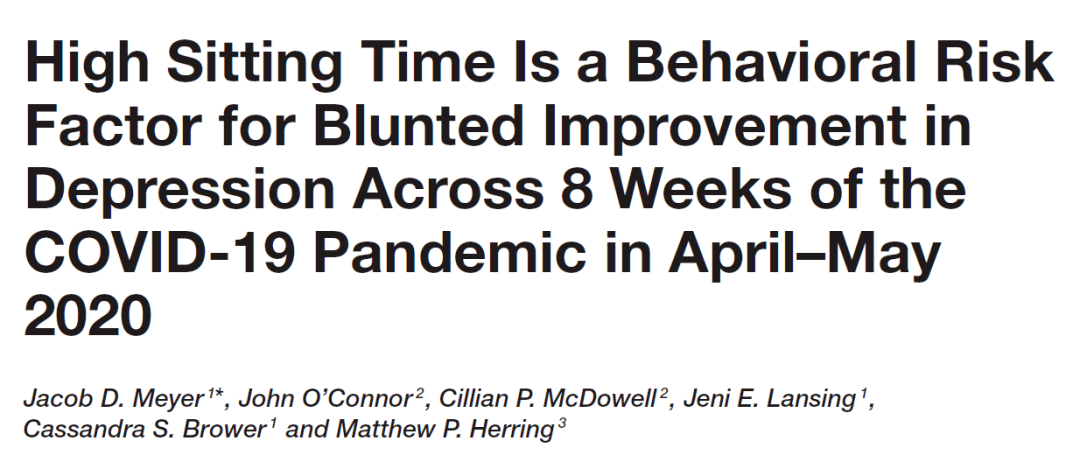
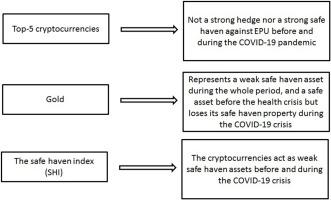
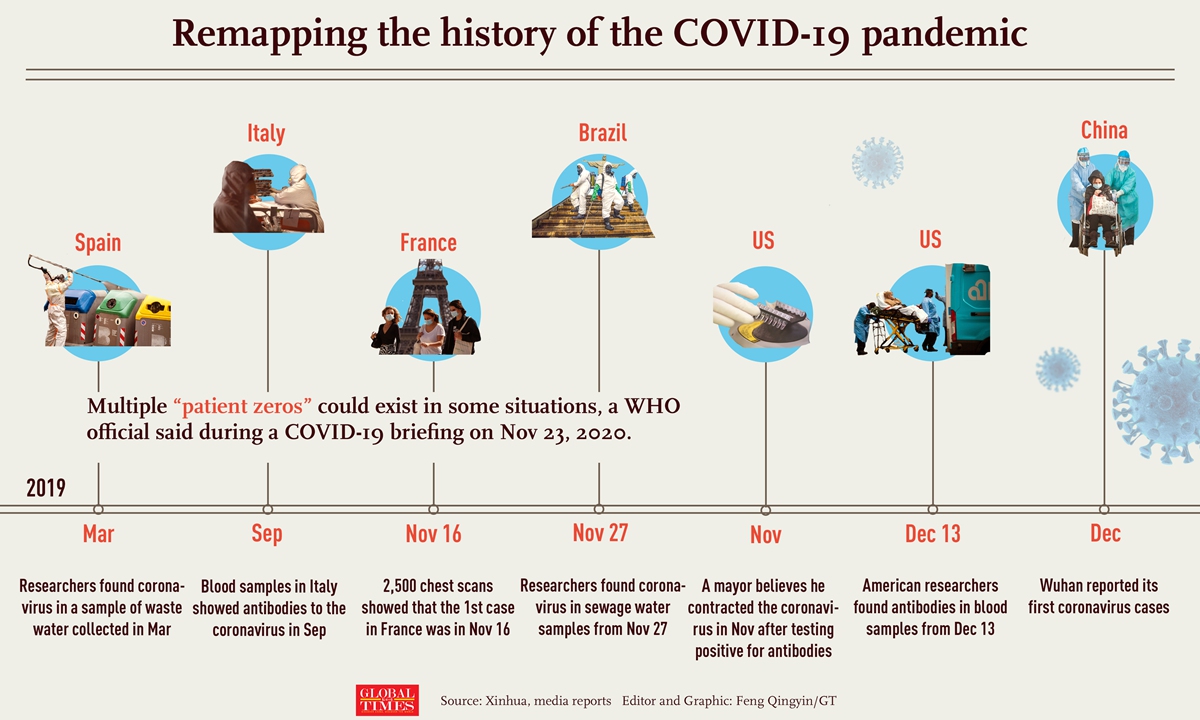
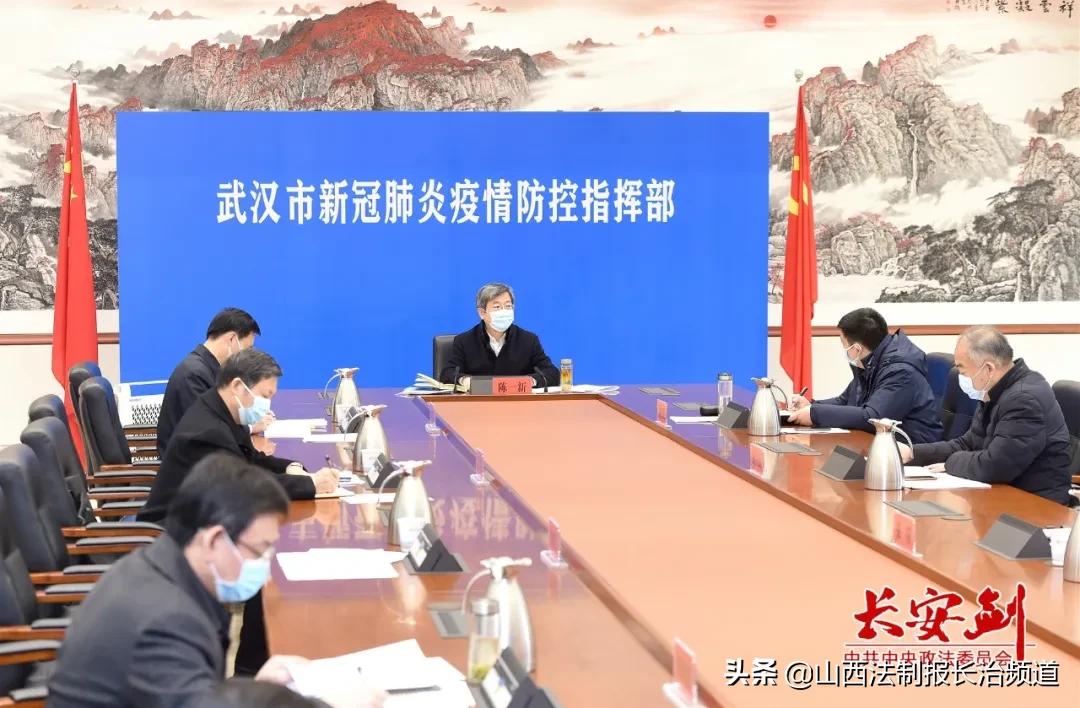
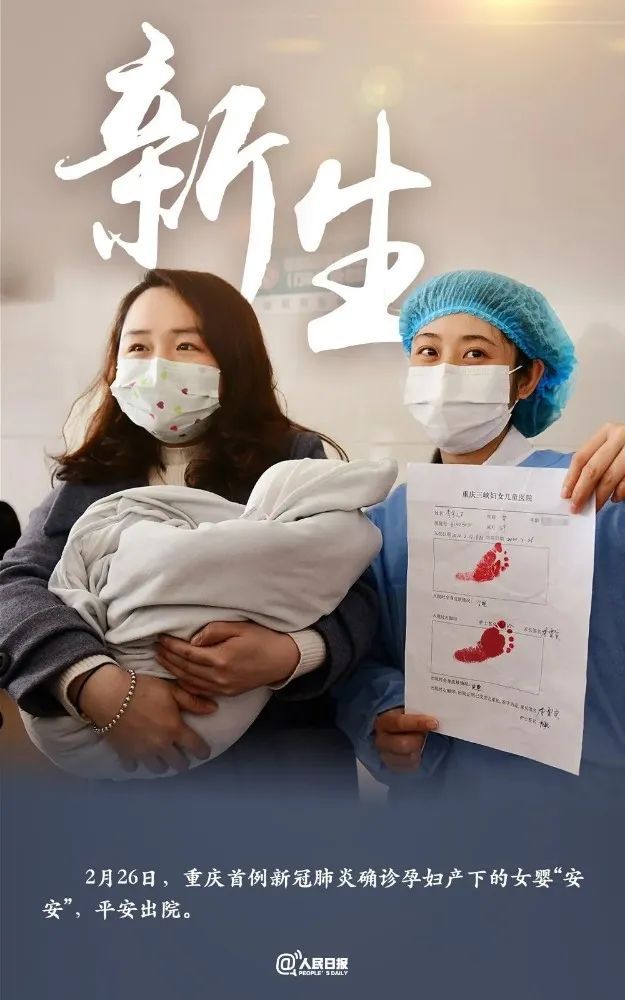

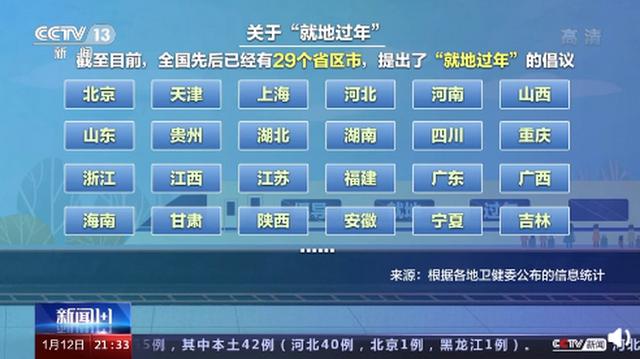

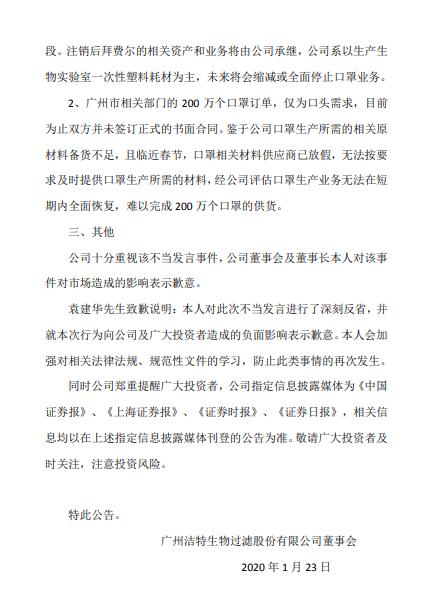

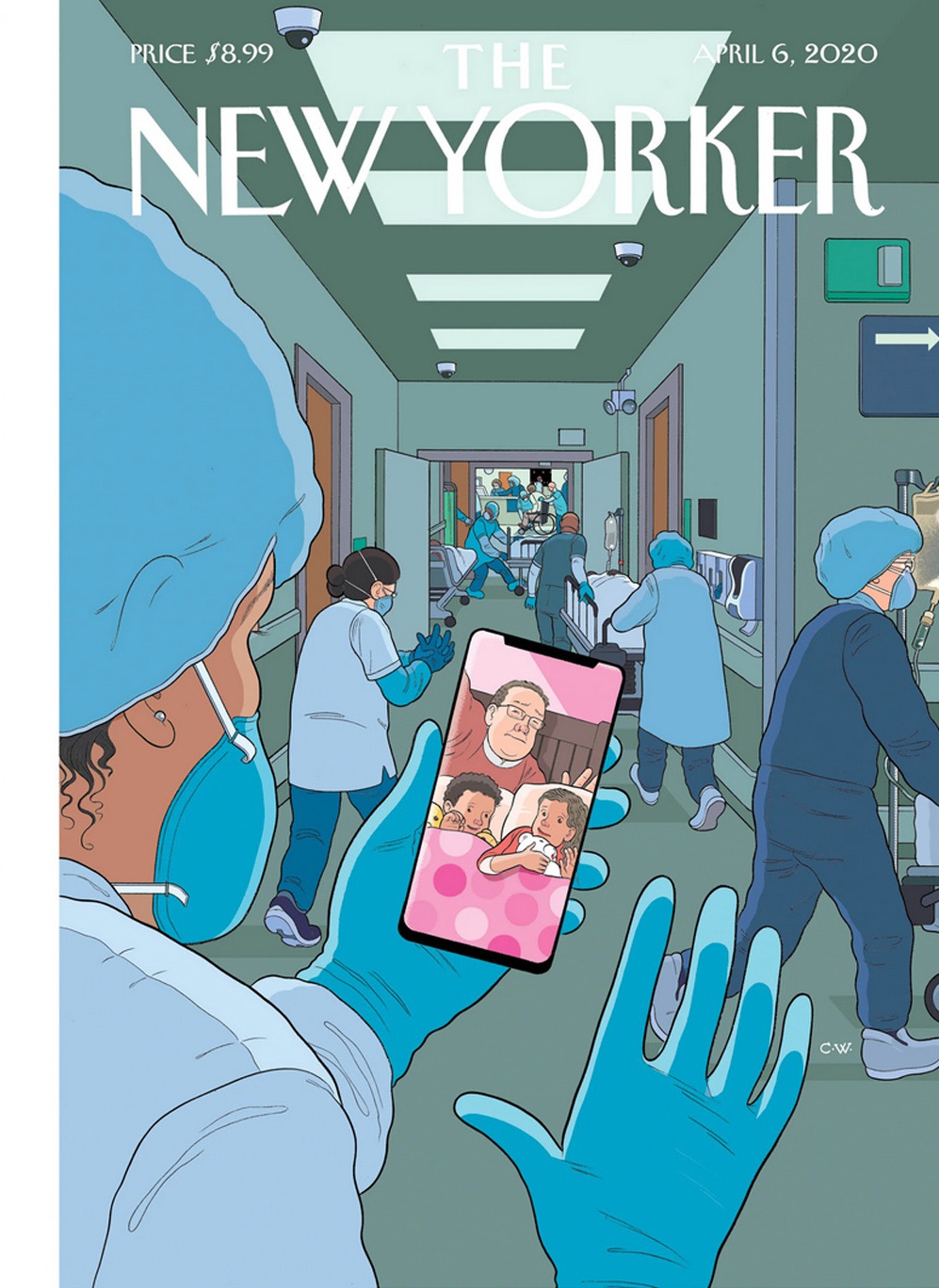
 京ICP备11000001号
京ICP备11000001号
发表评论